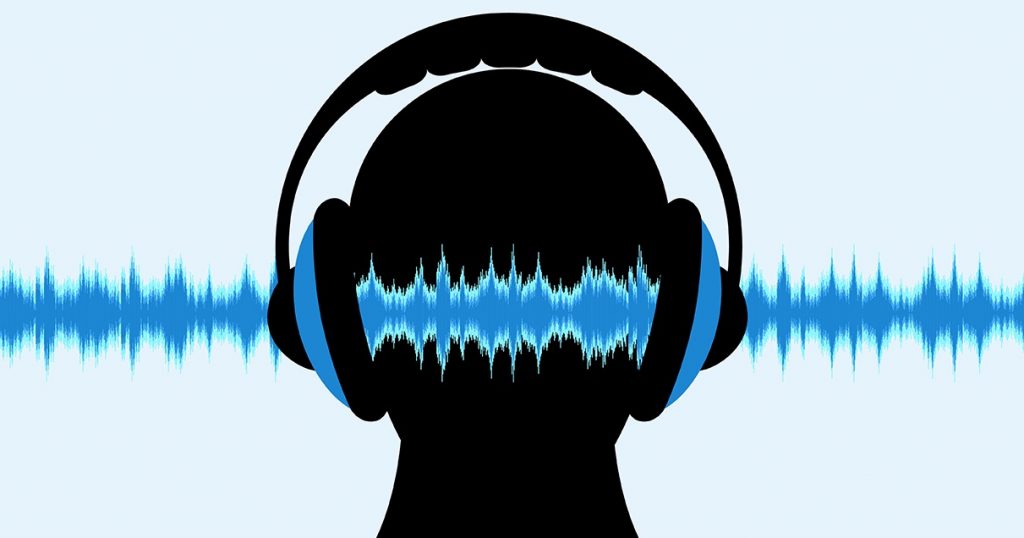

There was no improvement in working memory, and no difference between those who received binaural and those who received monaural beats.Ī uncontrolled study of 25 people found that receiving binaural beats in the delta, theta, and alpha ranges while sitting in a massage chair had significantly reduced mental fatigue and improved attention, verbal short and long-term memory, and non-verbal long-term memory than those who received only massage.Īnother uncontrolled study investigated the effects of binaural beats plus visual stimulation in two groups of boys with learning disabilities. Overall performance was, however, not improved. In a study of 24 participants, 40 Hz (gamma) binaural and monaural beats produced significantly better performance on reaction time in an attention test (the Flanker test), when compared to white noise. Silence and 10 Hz beats produced the worst performance and the other interventions had an intermediate effect. 5 and 10 Hz beats had no effect.Īnother study in 28 people used the same experimental design, but instead tested visuospatial memory, and found 15 Hz produced a significant improvement in performance.

The researchers suggest that this may be because theta waves are associated with “states incompatible with the encoding of information” such as relaxation, decreased anxiety and activation, and increased hypnotic susceptibility.Ī study of 34 people compared the effects of silence, a pure 240 Hz tone, classical music, and binaural beats at 5, 10, and 15 Hz on a verbal working memory task, and saw that the 15 Hz (beta) beats significantly improved performance.
#Are binaural beats safe free
Interestingly, the participants who listened to beta beats experienced improved free recall and word recognition, whereas those who listened to theta beats actually did worse. Half of the participants received theta beats and half received beta beats. In a two-armed crossover study of 32 people, participants received white noise preceding or following binaural beats 15 minutes prior to a memory task, and two minutes during. Evidence is mixed, however.Īn uncontrolled study of 58 people found that a 5 minute exposure to gamma binaural beats was sufficient to produce gamma waves in the brain, and that gamma waves measured during a long-term memory test were directly proportional to performance on that test, although binaural beats were not used during the test itself. īinaural beats may increase production of brainwaves of the same frequency, which could help facilitate certain aspects of cognition.

Some studies have successfully measured an FFR from binaural beats using electroencephalography (EEG), particularly when visual stimulation of the same frequency was used concurrently, although other studies have failed to find this effect. Because different brain wave frequencies are associated with different types of mental activity, the binaural beat frequency could be used to improve certain types of cognition or produce specific moods. This term is also referred to as “brainwave entrainment”.īy playing the perceived third tone at a certain frequency, the brain should (theoretically) increase the presence of brainwaves of the same frequency. Although the mechanism is still under investigation, it is thought that binaural beats elicit a “frequency following response” (FFR), which is the tendency of the electrical activity in the brain to match the frequency of an external periodic stimulus such as a tone.


 0 kommentar(er)
0 kommentar(er)
